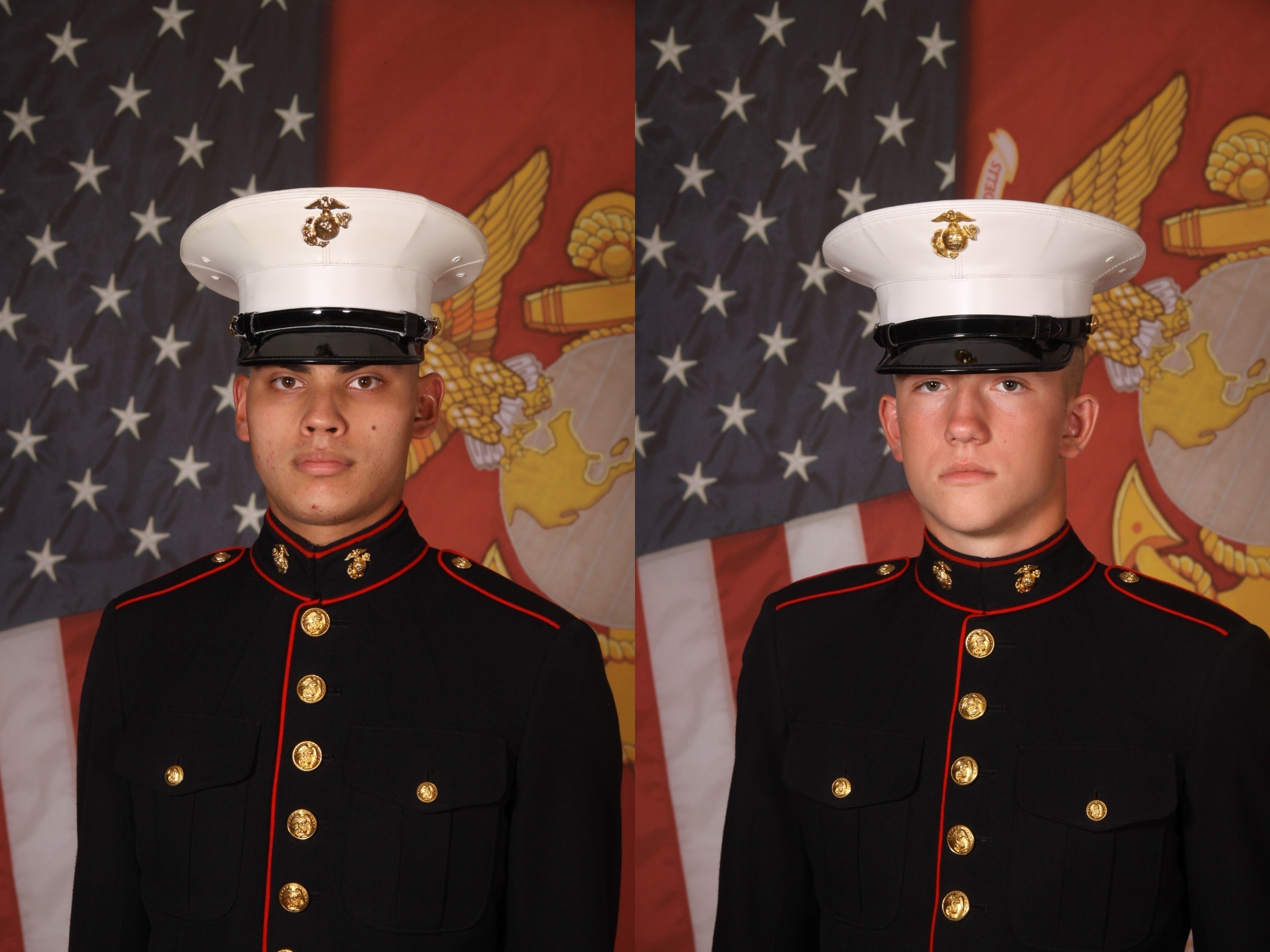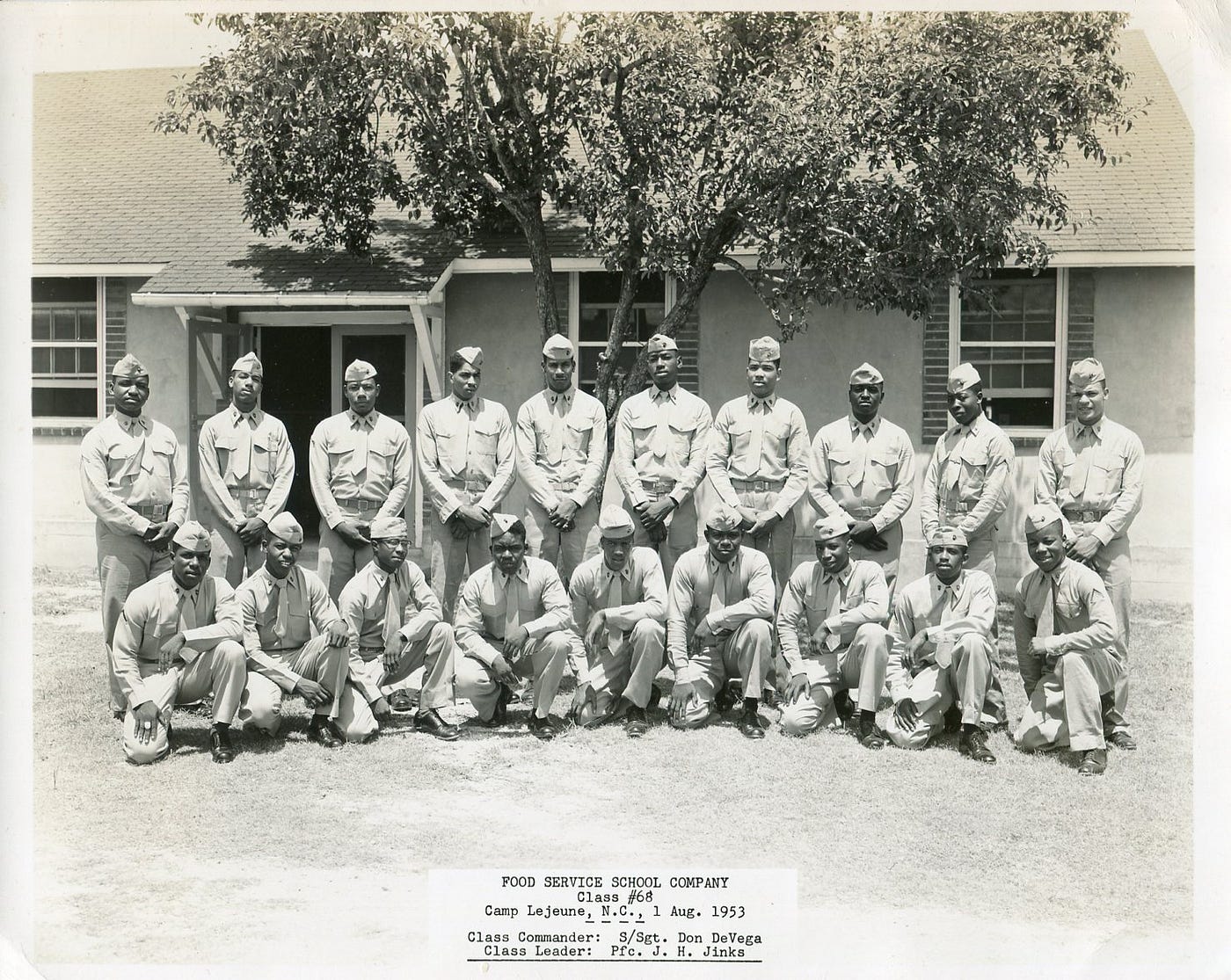Camp Lejeune Named After - Wilmington, NC () - Lt. General John Archer Lejeune (LUH-Jern) has been called the greatest leatherneck of all time. He is the 13th commandant of the Marine Corps with a long list of distinguished service awards, including three bronze stars.
He is honored to have the world's largest Marine Corps base named after him. According to his family members, Camp Lejeune should be called "Luh-Zern".
Camp Lejeune Named After

John Lejeune was one of many descendants of General Lejeune who was born and raised in South Louisiana.
Camp Lejeune Accident: Marines Killed In A Vehicle Crash Identified
"The family calls it 'luh-journ' as if it has an R in it that you don't have," Lejeune explained.
"It's just what I was raised with before they changed it to 'luh-zorn,'" said Staff Sgt. David Nelson USMC (Ret.).
"It was originally called 'Luh-Zern' when it was here in 1942. When they came to the camp it was called 'Luh-Zern' and that's what they called it over the years," Barrows said.
But at one point the base was known as Camp "Luh-Jun". Some would say because it looks that way.
It Was A Bittersweet Time': Fallen Marines Honored At Camp Lejeune
"It's confusing how it's read. People also argue that there's no R in Lejeune, but there's no R in Cornell, and yet we pronounce it 'cur-nel' and not 'Col-o-nel,'" Barrows explains. did
Several attempts have been made to change people and call base camp "Luh-Jern". WRAL newsman Charles Gaddy did a story on the subject in 1983 after meeting General Lejeune's daughter.
Then in 2008 historian P.T. Brent and World War II veteran George Barrows launched a media blitz explaining the history and research behind General Lejeune and why the base should be called Camp "Luh-Jern."

Lt. Col. Michael Kasprzyk, USMC (Ret.) spent most of his career in the Marine Corps at Camp "Luh-Jun." He says that's what he was taught. But he now calls the camp "luh-zorn".
Camp Lejeune Fuel Operations
"This is historically accurate and consistent with the family's wishes, but this information needs to be taught where the Marine Corps enters such as San Diego, the Marine Corps Recruit Depot on Parris Island and the candidate school and base school at Quantico," Kasprzyk said.
"Our leaders, in all the public events they attend, call it the way they should be called. We've caught it, we've invited people who are experts in pronouncing names to come here and talk about it in small groups," he said. Nate Fahy, Camp Lejeune Public Affairs Director.
"I think if the families and the administration at Camp Lejeune continue to teach us why we should speak up. I think people who work overtime will get used to it," Elliott said.
"There are people in this area who grew up saying 'Luh-Jun,' and we're not going to change everybody's mind, but with this issue, we hope that people like the history of this site. What has to do with this community, they probably Will try to fix it," Fahy said.
Justice For Victims Of Camp Lejeune
After the history and correct pronunciation have been explained, all news anchors now pronounce Camp "luh-zrn".
"If it's done this way, it just pops out of its place. From then on it will be what it is and we can sort out the 'Luh-Jun' part," John Lejeune explained. About the Commandant of the Marine Corps. For the 1876 Medal of Honor award, see Emile Lejeune.
January 10, 1867 – November 20, 1942) was a United States Marine Corps lieutenant general and the 13th Commandant of the Marine Corps. Lejeune served in the military for nearly 40 years and commanded the U.S. Army's 2nd Division during World War I. After retiring from the Marine Corps, he became director of the Virginia Military Institute.

Marine Corps Base Camp Lejeune in North Carolina was named in his honor during World War II. Lejeune is often referred to in the latter days as "Leathernecks Greatest" and "Sea Marines".
A Year After Hurricane Florence, Camp Lejeune Is Still Working On Housing Repairs
Lejeune was born on January 10, 1867 at Old Hickory Plantation near Lacour, Louisiana in Pointe Coupee Parish.
He attended the preparatory program at Louisiana State University in Baton Rouge from September 1881 to April 1884 before leaving to prepare for the U.S. Trans Exam. Naval Academy.
After a two-year tour as an astronaut, he was assigned to Naval Engineering, but wanted to join the Marine Corps. Exhausting all changing stations, he approached his superiors and finally arranged for his appointment to the Marine Corps by the Secretary of the Navy.
His immediate family was heavily involved with the Marine Corps in the fight against the Axis powers in Nazi Germany and Japan, particularly during World War II. His daughter, Euzia Lejeune, and his grandson, James Blair Glennon Jr., both served with the Corps during and after the war.
Camp Lejeune Water Contamination Investigation And Litigation
His granddaughter, Jean Glennon Hull, served in the Navy and Lt. Col. William Frederick Harris in 1946.
After receiving his Marine Corps commission, Lejeune was assigned to the Marine Barracks in New York on March 31, 1890, to "command and direct" the Marine Corps.
After that, he reported for duty at Marine Barracks in Norfolk, Virginia on November 3, 1890. While in Norfolk he met Eli Harrison Murdoff; They were arrested shortly before he embarked on his maiden voyage.
/cloudfront-us-east-1.images.arcpublishing.com/gray/VFBTFNDC3RHSTDT2MNPTIXZGZ4.jpg)
From October 1, 1891, to July 28, 1893, Lejeune served on the USS Bunnington and was promoted to first lieutenant on February 26, 1892. On August 28, 1893, he was assigned to Norfolk Marine Barracks, where he served until July. 31, 1897. While serving this second time in Norfolk, he married Miss Murdough on October 23, 1895.
Before Deploying To Global Hot Spots, Camp Lejeune Nurses Receive Training In New Hanover's Icu
On August 2, 1897, Lejeune assumed command of the Marine Guard of the USS Cincinnati, where he served throughout the Spanish-American War. On the morning of August 9, 1898, he commanded a group of about 30 men off Cape San Juan, Puerto Rico that included the withdrawal of 35 U.S. brigs. The sailors at Cape San Juan Light opposed a force of 200 Spanish soldiers and the Civil Guard the night before the Battle of Fajardo.
He was then reassigned from Cincinnati on February 17, 1899, and on February 18, 1899 joined the USS Massachusetts to command the Marine Guard. He was promoted to captain on March 3, 1899 and left his post in Massachusetts on May 10, 1900.
From July 3, 1900 to November 12, 1900, Captain Lejeune was assigned to Boston, Massachusetts. On November 22, 1900, he reported to the Marine Barracks at Sacola, Florida to take command of the Marines there. From January 12 to January 21, 1903, Captain Lejeune was on duty at Norfolk Barracks on his way to duty in New York City on January 26, 1903. He was promoted to major on March 3, 1903, and assigned to Headquarters Marine Corps Washington. , D.C., from May 15, 1903, to August 8, 1903.
On August 8, 1903, Major Lejeune was assigned to the USS Panther in command of the naval forces on that ship, joining the ship's company on August 16, 1903. On October 23, 1903, the squadron was transferred to Lejeune's command. USS Dixie. From December 16 to December 21, 1904, Major Lejeune was in command of this force ashore on the Isthmus of Panama, departing on the latter day aboard the USS Yankee.
Globe September 8, 2011 By Military News
From January 27, 1905, to May 20, 1906, Lejeune Marine Barracks, Washington, D.C. He returned to Panama in command of a naval force from May 29 to July 6, 1906, with forces being transported to both sides. Aboard the USS Columbia, Washington returns to Marine Barracks. On March 29, 1907, Major Lejeune was relieved of command at Washington Barracks and ordered to the Philippines. His family—his wife and three daughters—is accompanying him on this foreign mission.
Arriving in the Philippines on May 2, 1907, Lejeune assumed command of the Marine Barracks and Naval Prison, Navy Yard, Cavite on May 6, 1907. He assumed command of the 1st Marine Brigade on June 15, 1908 and was promoted. . On May 13, 1909 to Col. On June 8, 1909, he was intercepted and ordered back to the United States. He studied in USA. Graduated Army War College, 1910.
Photograph taken by officers of the 1st Marine Brigade in Veracruz in 1914. Front, left to right: Lieut. Colonel Wdell C. Neville; Colonel John A. Lejeune; Col. Littleton W. T. Waller, commander; and Major Smedley Butler.

Lt. Col. Lejeune boarded the USS Ohio on May 26, 1912, with the 2nd Regiment, 1st Provisional Brigade Marines, bound for Cuba. He landed at Guantanamo Bay, Cuba, on June 8, 1912, and was in command of the District of Santiago from June 9 to July 14, 1912. On July 15, 1912, Lejeune boarded the USS Prairie for Colon, Panama. . July 18-29, 1912, buried at Camp Elliott, Panama.
Camp Lejeune Lawyers
Marine Corps
Camp lejeune water contamination, camp lejeune water settlement, camp lejeune va claims, camp lejeune water disability, camp lejeune water claims, neurobehavioral effects camp lejeune, camp lejeune base legal, camp lejeune water lawsuit, camp lejeune number, camp lejeune lawsuit, camp lejeune legal, camp lejeune tainted water
0 Comments